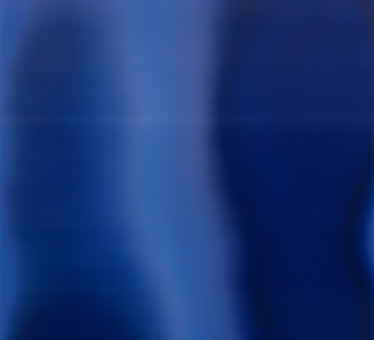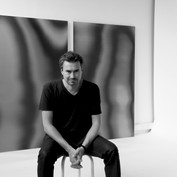Pascal Dombis

Metz, France, 1965
Pascal Dombis is a Paris-based visual artist who focuses as much on language as on perception. He is noted for his excessive use of simple algorithmic rules. It was in the early 90s, while finishing his studies in Boston, that he encountered digital artistic tools for the first time, prompting a transition from painting to algorithms upon returning to France. Since then, he has created environments marked by excess, repetition and the unpredictability of technological processes, in which he aims to engage the viewers by questioning perception in relation to space, time and language. He develops multi-referential works which play with spatial environments and promote multiple interpretations.
Recent exhibitions include Artists & Robots at the Grand Palais in Paris (2018), Cybernetic Consciousness at Itaú cultural in São Paulo (2017) and the Venice Biennale (2013). In 2020, he achieved the creation of a permanent public artwork, Double Connection, nearly one hundred meters long in the center of Shanghai. In 2022, he got a monographic exhibition Post-Digital at the Museum of Contemporary Art Sorocaba in Brazil. In 2024, Dan Galeria presented Spin Machine Pascal Dombis’ first solo exhibition at the gallery
Born in 1965, lives & works in Paris, France
Exhibition "Timeless Line"
Exhibition “Linha Atemporal” at Dan Galeria with curatorial text by Paula Braga.
Exhibition "Line, Color and Movement"
We present Line, Color and Movement. Dan Galeria's new online collection exhibition.
